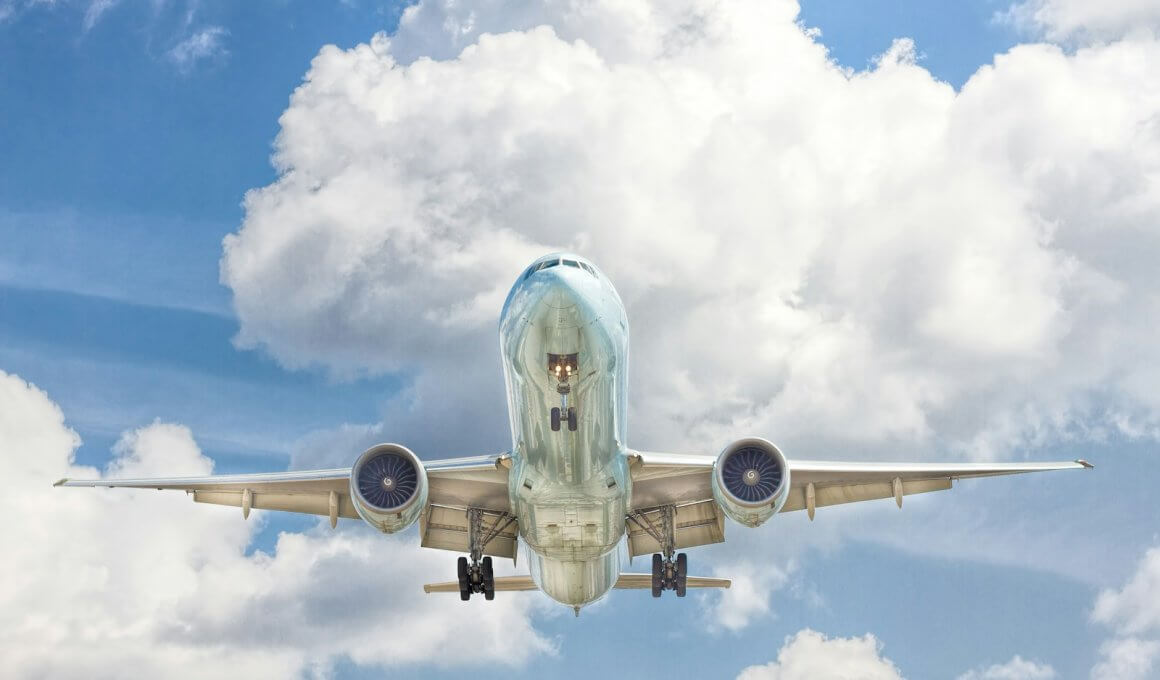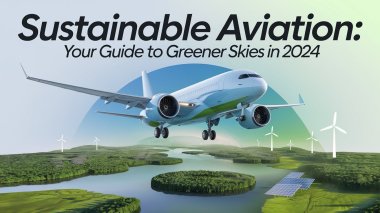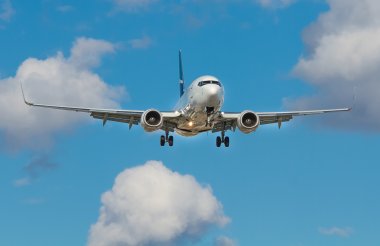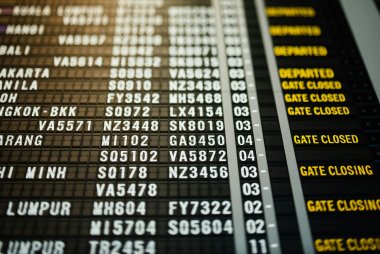Bridging the Gap Between Air Travel Carbon Footprint and a Greener Future
The climate crisis has brought an unprecedented spotlight onto the aviation industry, prompting a surge in the pursuit of sustainable aviation. From large-scale airlines to local aviation authorities, the industry is collectively striving towards green aviation, aiming to significantly reduce the air travel carbon footprint. This article delves into the world of eco-friendly airlines, carbon-neutral airlines, and the development of sustainable aviation fuel.
The Call for Sustainable Aviation
The growing awareness of aviation’s non-CO2 impact is marking 2023 as a pivotal year in the journey towards sustainable aviation. Traditionally, the carbon dioxide emissions from jet fuel have been the primary focus of the aviation industry’s environmental impact. However, there’s a new player in town: contrails. Contrails, short for condensation trails, are the line-shaped clouds that form from an airplane’s engine exhaust. These contrails can have a significant warming effect on the Earth’s atmosphere, making them a crucial part of the air travel carbon footprint.
Green Aviation: Curbing Contrails
Contrails form in specific atmospheric conditions—narrow bands where the weather is cold and humid enough. By modifying flight paths to avoid these areas, the climate effect of contrails could be reduced by up to 59%. This breakthrough in green aviation presents a promising step towards reducing the environmental impact of air travel. It also highlights the importance of non-CO2 emissions in the pursuit of eco-friendly airlines.
The Shift towards Eco-friendly Airlines: Harnessing Alternative Fuels
A significant aspect of creating eco-friendly airlines is the transition away from kerosene-based fuels. Both biofuels and synthetic fuels are currently in the experimental stage as viable alternatives. Synthetic fuels or “e-fuels” are particularly promising, as they can be used without needing to reengineer engines.
The production process of e-fuels involves using electricity, ideally from renewable sources, to split water into hydrogen and oxygen. The hydrogen is then combined with carbon dioxide to create jet fuel. This approach to sustainable aviation fuel underlines the innovative steps being taken to create truly eco-friendly airlines.
Carbon-Neutral Airlines: Advancing Through Electric and Hybrid Systems
Carbon-neutral airlines might seem like a flight of fancy, but the industry is making leaps towards this ambitious goal. Electric-powered aircraft are being developed with the first flights likely to be small planes with limited range. Some companies are also exploring hybrids of electricity and hydrogen, which could extend flight ranges and reduce emissions.
Airbus, for example, is working on hydrogen planes, with plans to have one in service by 2035. This move towards hydrogen propulsion is a significant stride in the journey towards carbon-neutral airlines. It also highlights the potential of electric and hybrid systems in the future of sustainable aviation.
Towards Green Aviation: AI in Navigation
AI is becoming a crucial tool in green aviation, aiding airlines in optimizing routing and planning to reduce jet fuel needs. The U.S. Federal Aviation Administration (FAA) is upgrading its systems to improve air traffic control and decrease delays. AI is being used to analyze vast amounts of flight data, saving millions in fuel costs and significantly reducing CO2 emissions.
This adoption of AI in navigation is a testament to the aviation industry’s commitment to sustainable aviation. By leveraging AI, airlines can make more efficient use of fuel, contributing to a reduction in the air travel carbon footprint.
The Future of Sustainable Aviation
Looking ahead, several trends are shaping the future of sustainable aviation. Advances in batterytechnology are expected to make electric regional aviation a reality. At the same time, airports are planning for next-generation aircraft and focusing on decarbonizing ground operations.
The year 2023 also marks a significant shift towards carbon capture and the development of e-fuels. As concerns mount about the availability and cost of biofuel feedstocks, the development of e-fuels is expected to accelerate. This development will be a substantial step towards sustainable aviation fuel and, in turn, greener, carbon-neutral airlines.
The Growth of Eco-Friendly Airlines
In 2023, the aviation industry is expected to see a rise in the number of eco-friendly airlines. As the awareness of the climate impact of air travel grows, airlines are making more conscious decisions to reduce their carbon footprints. This is leading to a surge in the development and use of sustainable aviation fuel, a critical component in the transition towards green aviation.
Furthermore, flight search engines are beginning to provide CO2 figures, allowing passengers to make more environmentally conscious decisions. The next step is the launch of easy-to-understand environmental labels for flights, marking a significant step towards transparency in sustainable aviation.
Carbon-Neutral Airlines and the Cabin Experience
The drive towards carbon-neutral airlines is not just about fuel and flight paths. The in-cabin experience is also undergoing a sustainability overhaul. The trend of phasing out single-use plastics from airline cabins is set to continue, with a broader focus on in-cabin sustainability growing in importance.
Airlines are not only looking at their fuel consumption but also at the entire passenger experience from a sustainability perspective. This holistic approach is essential in the transition towards truly sustainable, carbon-neutral airlines.
The Air Travel Carbon Footprint and Cooling Credits
As the focus on the air travel carbon footprint intensifies, innovative solutions such as “cooling credits” are emerging. These credits represent a new way for airlines to offset their carbon emissions, marking another significant step towards sustainable aviation.
Conclusion
In conclusion, the pursuit of sustainable aviation is more than just a trend—it’s a necessary transition for the industry. With the ongoing development of eco-friendly airlines and carbon-neutral airlines, along with advances in sustainable aviation fuel, the future of air travel is looking greener than ever.
Through a combination of technological innovation, operational changes, and growing awareness of the climate impact of air travel, the industry is making significant strides in reducing the air travel carbon footprint. From contrails to cooling credits, every aspect of aviation is being scrutinized and optimized for sustainability. The result will be a new era of sustainable, green aviation, where the dream of carbon-neutral airlines is a reality.








